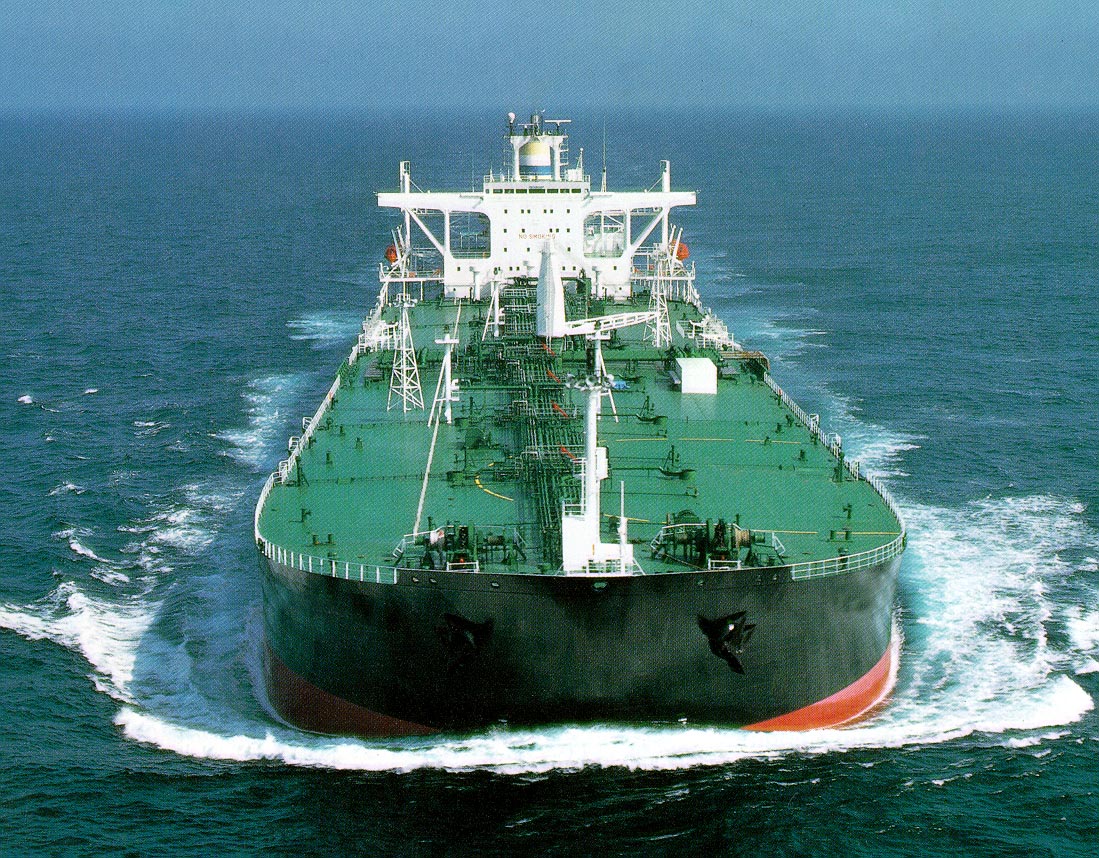Asian nations are stepping up their purchases of Iranian oil, underscoring Tehran’s deepening energy ties with the region amid a slow rapprochement with European crude buyers.
China, India, Japan and South Korea are among big Asian oil consumers that have sharply boosted their imports of Iranian crude this year, The Wall Street Journal reported.
China and India are looking to further lock down Iranian supply, with a large planned investment in Iran’s oil and gas infrastructure. Iran is seeking $130 billion worth of investment to bring its energy sector up to date after years of sanctions.
The developments highlight Iran’s growing reliance on Asia, a region that remained an importer of Iranian crude during the years of the US-led sanctions. As Asia’s demand for oil expands, the region is now playing a leading role in boosting Iran’s oil production and market share in some key locales.
“China has the best position because, in the past five years, they have been with Iran,” said Mehdi Fakheri, Iran’s consul general in Hong Kong and Macau, referring to China’s decision not to cut off all oil imports from Iran during the sanction years. “They have the whole Iranian market in their hand.”
Sales to Asia—home to a number of emerging economies with fast-growing oil needs—have soaked up 70% of Iran’s oil exports since the end of sanctions tied to the country’s nuclear program in January.
Iran was producing about 3.6 million barrels a day in August, and wants to return to its pre-sanction level of more than 4 million barrels a day.
In India, crude imports from Iran in August nearly tripled from a year earlier to 576,000 barrels a day, according to the National Iranian Oil Company.
Iran's total crude oil and condensates sales likely reached around 2.8 million barrels per day in September, two sources with knowledge of the matter said last week, nearly matching a 2011 peak in shipments before sanctions were imposed on the OPEC producer.
The run-up from shipments of around 2.5 million bpd in August comes mainly from condensates, a light kind of oil excluded from OPEC supply quotas that is often produced with natural gas and can be used to make naphtha for petrochemical production. Iran sold 600,000 bpd of condensates for September, including about 100,000 bpd shipped from storage, to meet robust demand in Asia, the two sources said. September crude exports increased slightly from the previous month to about 2.2 million bpd, they said.
Asian Oil Guzzlers
Exports to China—Asia’s biggest buyer of Iranian oil—in the same month grew 48% from a year earlier to 749,000 barrels a day, and are up 7% this year.
Other Asian oil guzzlers have also brought in significant amounts of new Iranian oil, with Japan’s imports this year rising 45% compared with a year ago, and South Korea’s imports more than doubling. This year, Iranian crude sold in Asia has been, on average, about 25 cents per barrel cheaper than the Saudi competition, said Eugene Lindell, oil analyst at JBC Energy. But Tehran has been reluctant to cut its crude prices too deeply relative to its competitors.
Another factor behind Iran’s success in Asia is that the region is home to some of the world’s fastest-growing crude markets. China’s overall oil imports are up 14% this year, almost double the US import growth pace. Meanwhile, refiners in the region are calibrated to easily process oil from Iran.
“Due to geographical proximity, Asian refiners have traditionally been a large buyer of Middle Eastern oil. This means their units are configured to refine oil from that region, including Iranian oil,” said Richard Gorry, a JBC managing director who often goes to Iran to speak with oil officials.


